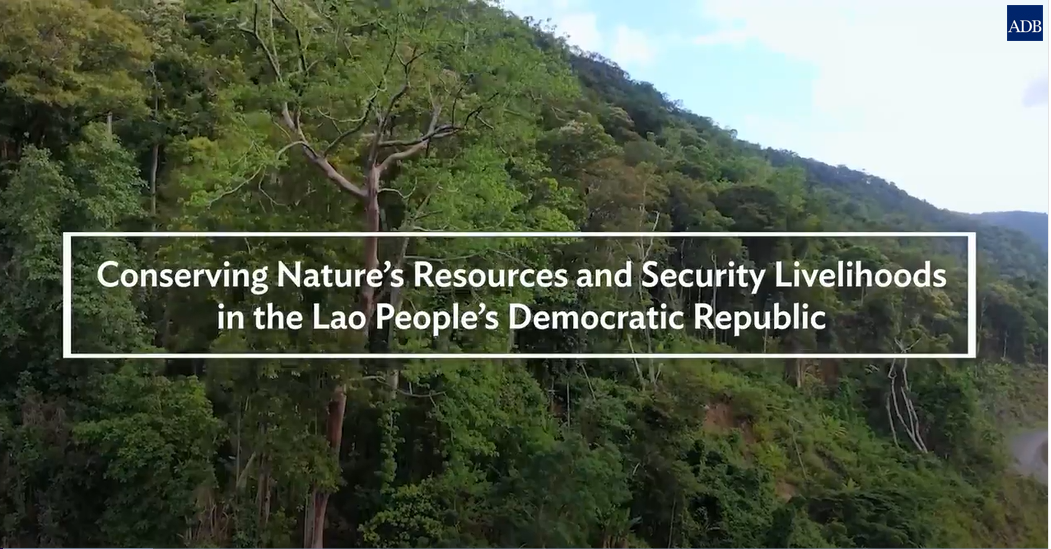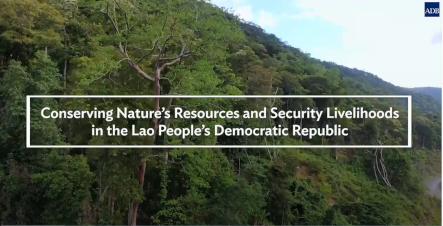

ADB has been helping to protect biodiversity conservation corridors in the Lao PDR since 2006 through a range of conservation and protection activities. In 2011, ADB approved $20 million grant for the BCC project. The project helped restore, protect, and manage biodiversity corridor sustainably. In 2016, ADB approved additional grant financed by the Climate Investment Funds through its Forest Investment Program to help manage the biodiversity corridors and scale up activities to stop deforestation and forest degradation in the country.
Transcript
Forests in the Attapeu and Xekong provinces in the south of the Lao People’s Democratic Republic (Lao PDR) make up about a fifth of the country’s total.
But these biodiversity corridors are under threat due to illegal logging and hunting.
Local communities and private companies have also been converting parts of the forest into agricultural land.
These practices result in unconnected pockets of forest land that cannot sustain a thriving wildlife.
Biodiversity conservation corridors cover several types of forests and many villages, including areas for infrastructure development.
It is challenging for the forest management teams to fully cover and maintain biodiversity richness in these large areas with limited staff resources.
The Asian Development Bank (ADB) has been helping protect biodiversity corridors in the Lao PDR since 2006 through a range of development and conservation activities.
In 2011, ADB approved a $20 million grant for the GMS Biodiversity Conservation Corridors project to restore, protect, and manage biodiversity corridors sustainably.
In 2016, ADB approved an additional grant financed by the Climate Investment Funds through its Forest Investment Program to help manage the biodiversity corridors and scale up activities to stop deforestation and forest degradation.
Our ambitious biodiversity management system focuses more on prevention than problem solving.
Communities are involved in biodiversity management activities. These include patrolling, which helps break the cycles of smuggling non-timber forest products, illegal logging, illegal hunting, and setting of forest fires.
The project has provided us with modern technology equipment. Also organize a workshop to use the equipment. For example, the use of smartphone, GIS, and GPS. That equipment has been used in patrolling, monitoring forest density, and increasing or decreasing of biodiversity. Rangers and female staffs have participated in every workshop.
In the past, we recorded data on paper, but we now use several information and communication technologies.
Out patrolling unit is using tablet device technology for data collection successfully. Our patrolling members are all pleased about it.
Efforts to restore, protect, and maintain biodiversity in the corridors have resulted in a more forest area.
They have also improved local households’ livelihoods by providing trainings on agriculture production and how to respond to market demand for agriculture products so as to increase incomes.
Biodiversity conservation corridors (BCCs) are key to sustainable forest ecosystems.
BCCs provide secure supplies of food and water for animals, allow them to move around safely by avoiding roads and other built infrastructure.
It is vital to equip the local forest management teams with skills and modern technology to collect data for monitoring and future planning.
It also helps develop a sense of ownership among the communities in forest protection and management.
Alongside others in the village patrol unit, I support the prevention and protect of the forest for the benefit of future generations.
